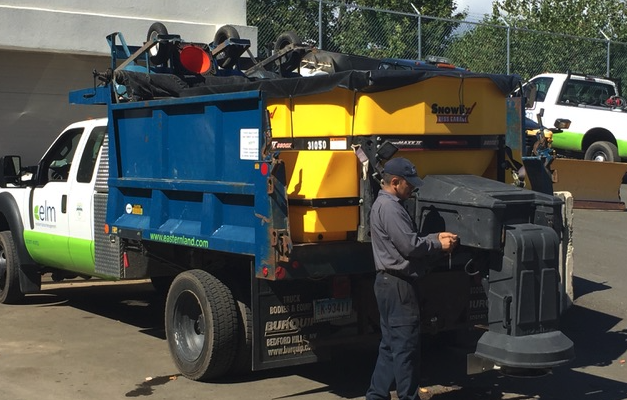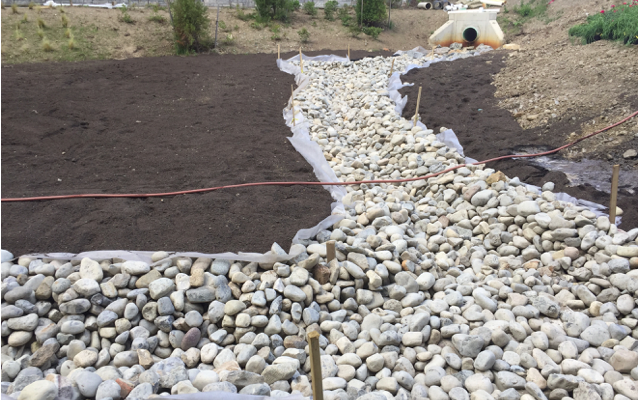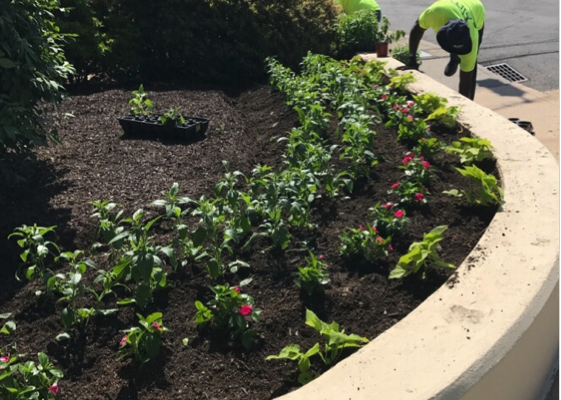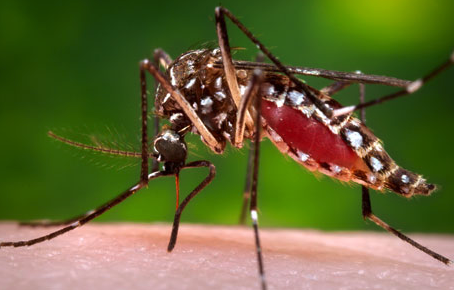Each September, in conjunction with FEMA’s National Preparedness Month, ELM reviews its response and safety training initiative to strengthen its capabilities and reputation as the go-to emergency landscape and grounds response team throughout southern Connecticut.
ELM’s 5-point emergency response platform
- To ensure that the security and safety of our customers’ grounds and landscapes remain a top priority and concern.
- To devote and invest considerable resources to meet and exceed property and facility managers’ risk assessment needs.
- To apply and provide incident/weather event/emergency response, preparedness planning, protocols, and best practices across all segments of our market.
- To train and certify our response crew and storm team to deliver disciplined teamwork, accountability, and exemplary safety, security, and incident prevention behaviors.
- To provide our response crew and storm team with the best tools and options they need to execute response efforts at the highest level.
Storm Team Strength
ELM is an active member of professional snow management associations, SIMA (Snow & Ice Management Association) and ASCA (Accredited Snow Contractors of America). ELM trains with these organizations throughout the year to focus on critical elements in executing first class storm response. ELM invests in certification programs to ensure that each of ELM’s response crew leaders are Certified Snow Professionals and Advanced Snow Management experts and have the capability and capacity to lead in a weather crisis.
Data You Can Trust
ELM uses real time forecasting resources, tools, and hyper-local weather data alerts for comprehensive information to prepare for the unexpected in each of the communities ELM serves. This allows our response crew and storm team to mobilize up to 48 hours in advance of advisories, warnings, and threats to property safety and by sharing this data with our customers, allows us to collaborate as a team to proactively address and triage priority response efforts.
ELM is prepared to organize and dispatch its crews at a moment’s notice
To learn more about ELM’s emergency command center, storm response program, large scale snow removal, and proactive weather event management services, contact Bruce Moore, Jr., vice president, operations at 203-316-5433. Or go to: https://www.easternland.com/our-services/snow-services/
Follow us on Facebook










